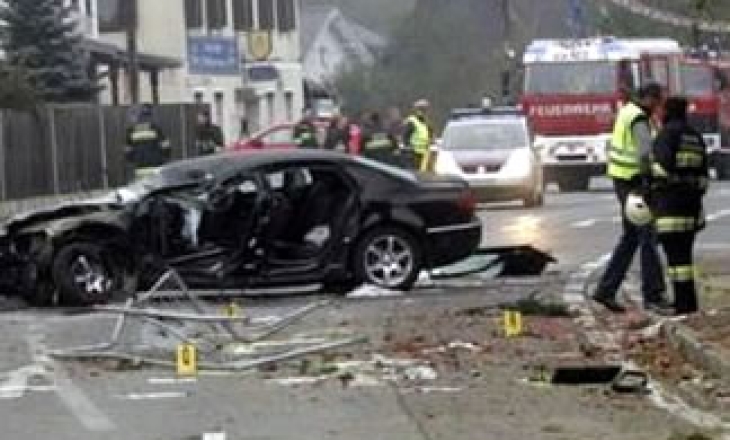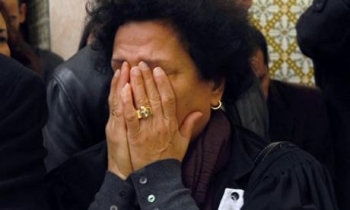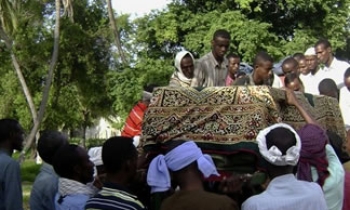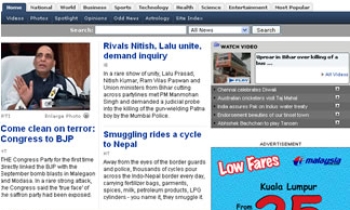Media coverage of car crashes may harm rather than help public health. The media tends to obscure the bigger picture of motor-vehicles crashes as a leading cause of injury and death—and the number-one killer of young adults—by presenting car crashes as episodic, human interest stories.
This type of coverage, according to two new studies published in the US-based National Safety Council's 'Journal of Safety Research', gives the impression that crashes are random and unpreventable. The studies call for increased mention in crash coverage of preventable risk factors that contributed to fatalities, such as seatbelt use, speeding, alcohol or drug use and distracted driving.
One study focused on United States newspaper coverage of crashes with injuries (Monica Rosales and Lorann Stallones, Department of Psychology, Colorado Injury Control Research Center, Colorado State University). It found that media coverage runs counter to public health interests by emphasising the distinctiveness of each story rather than on detecting trends and identifying risk factors. The study noted that coverage contained virtually no information that may have predisposed a crash risk, such as weather conditions or speed. It also found little mention of alcohol or drug use, or of demographic factors, such as age and race factors, that could help communities identify population groups at high risk.
This type of coverage may present inaccurate perceptions by overestimating infrequent causes of crash-deaths and obscuring frequent causes. It tends to present complex issues as singular cases and can be counterproductive to public health.
The other study, conducted in Belgium, explored television news coverage of crashes (Kathleen Beullens, Keith Roe and Jan Van den Bulck, Leuven School for mass Communication Research, Katholieke Universiteit Leuven, Belgium). Its findings were similar, noting that there are substantial differences between the amount of media coverage devoted to certain causes of crash deaths and their actual incidence. The study expresses concern that this may distort the public’s perceptions and attitudes, and present crashes as non-preventable.
The study concludes that television news did not highlight potential prevention measures, such as seatbelt use. It also notes that the human-interest framework favoured by television news adds an emotional dimension that may detract audience attention from the facts, thereby missing the opportunity to inform viewers about the causes and consequences of risk-taking by motorists.
Both studies call for increased communication between news media and public health professionals to improve the accuracy and injury-prevention information of crash coverage. By presenting more of the factual, contextual information involved in crashes, they hope for more accurate audience impressions of risk factors involved and greater understanding of driving risks.
“The media plays a very important role in informing, educating and providing perspective to help people better understand issues,” says Janet Froetscher, president and CEO of NSC. “When the media focuses just on the human interest side of the story, it can create the impression that crashes are accidents that are not preventable. The media has an important opportunity to help the public understand that the term ‘accident’ is a misnomer; that crashes are preventable, and that the injuries and deaths resulting from crashes can often be linked to specific behaviours.
“It is important that the media includes in stories the behaviours that contributed to a crash or the resulting injuries, such as speeding, aggressive driving, talking on cell phones, driver inexperience, teen passengers, not wearing seat belts, driving impaired or not keeping small children properly restrained in the back seat,” Froetscher says. “When the media includes these relevant facts, they provide a teachable moment to help people understand the link between their behavior and crashes, injuries and deaths.”










